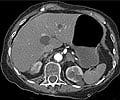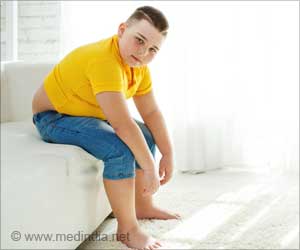A new study warns that second hand smoking can result in serious cardiac related health problems in kids.
A new study warns that second hand smoking can result in serious cardiac related health problems in kids.
The study was carried out by researchers at Nationwide Children’s Hospital and Research Institute in Columbus, Ohio, and is the first that shows that a young kid’s response to smoke may not only affect his or her respiratory system, but also the cardiovascular system.As a part of the study, boffins led by Dr. Judith Groner analysed 128 children between they age of 2 to 5 years old and adolescents between the age of 9 to 14.
They found that kids from the younger age group absorb six times more nicotine than their older counterparts from the same levels of parental smoking.
This exposure is what results in a dramatic increase of marker of inflammation soluble intracellular adhesion molecules (ICAM) and vascular injury signalling damage to the endothelium, the inner lining of the vessel walls that plays a key role in promoting cardiovascular health by maintaining the tone and circulation of the arteries.
ICAM is a specific marker of endothelial cell stress, which contributes to artery clogging and atherosclerosis, raising the risk of heart disease.
“Toddlers in the homes of smokers not only had higher levels of nicotine, but also had higher levels of markers for cardiovascular disease in the blood,” said John Bauer, Ph.D., senior author of the study and director of the Center for Cardiovascular Medicine at Nationwide Children’s Hospital and Research Institute in Columbus, Ohio.
Advertisement
Dr Groner added: “When we analyzed our data by looking at the relationships between the number of smokers in the home and the EPC levels, we found that in toddlers, there was an inverse relationship between secondhand smoke exposure and EPC prevalence. In other words, the more smokers the toddler was exposed to, the fewer EPC cells were circulating in his bloodstream. This relationship was not present among the adolescents.”
Advertisement
Dr Groner added that more study was needed in this field.
“The results are intriguing, but further study is needed. We’re not sure what happens to kids if they stay in a smoking environment or if they have multiple risk factors such as being overweight or having high blood pressure. Until then, parents and others should not smoke in homes with children, and should be especially attentive to this issue around toddlers,” she said.
The study was presented at the American Heart Association’s 48th Annual Conference on Cardiovascular Disease Epidemiology and Prevention.
Source-ANI
SUN/M











